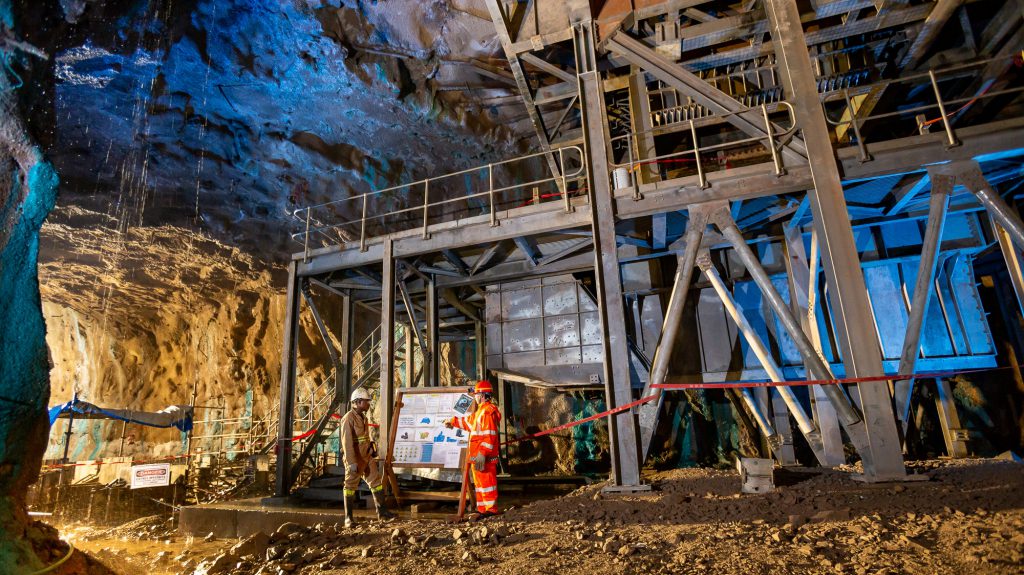Ivanhoe Mines set to be U.S.-backed African rail line’s first user

Ivanhoe Mines Ltd. [IVN-TSX, IVPAF-OTC] and commodities trader Trafigura Group have signed deals to support the transport of key commodities by rail from the Democratic Republic of Congo to neighbouring Angola’s port of Lobito.
This marks the first long-term deal for the railway project that the U.S. government is backing.
Trafigura is part of a consortium that won a 30-year concession to operate the Lobito railroad that could become a key export route for the DRC’s fast-growing production of copper and cobalt – both metals for the energy transition.
Ivanhoe shares were largely unchanged on the news, rising 0.36% or $0.05 to $14.08. The shares trade in a 52-week range of $14.95 and $9.89.
The announcement comes after Ivanhoe recently said the first shipment of copper concentrates from the Kamoa-Kakula Copper mine complex in the Democratic Republic of Congo (DRC) has arrived by rail at the Atlantic Ocean port of Lobito in Angola.
The Kamoa-Kakula Copper Project is a joint venture between Ivanhoe Mines (39.6%), China’s Zijin Mining Group (39.6%), Crystal River Global Ltd. (0.8%), and the DRC government (20%). It already ranks among the world’s biggest copper mines, with peak annual production expected to exceed 700,000 tonnes.
The first 1,100-tonne shipment of a 10,000-tonne trial marks the first export of copper utilizing the “Lobito Atlantic Railway Corridor” or “Lobito Corridor,” which is expected to transform economic and social development of the DRC, as well as its neighbouring countries, by accelerating regional economic development.
Time taken to reach the port of Lobito was eight days, compared with approximately 25 days by road to Durban, South Africa.
As a result, Ivahoe says the route could drastically cut transport times and lower emissions. “This is fantastic news for the Congo,’’ said Ivanhoe Mines Executive Co-Chairman Robert Friedland during a speech in Cape Town, Wednesday. “This brings the mineral rich region of the Congo to world markets, and this kind of infrastructure development is critical for the development of the African continent,’’ he said.
The rail line, linking the DRC Copperbelt to the port of Lobito extends 1,289 kilometres east, from the port of Lobito to the Angola-DRC border town of Luau. The line then extends a further 450 kilometres east into the DRC, on the Societe Nationale des Chemins de fer du Congo [SNCC] rail network to Kolwezi.
The railway passes within five kilometres of the Kamoa-Kakula Copper Complex license boundary, and through Ivanhoe’s Western Foreland Exploration project.
Currently, Kamoa-Kakula trucks its copper concentrate by road across sub-Saharan Africa to the ports of Durban in South Africa and Dar es Salaam in Tanzania, as well as Beira in Mozambique and Walvis Bay in Namibia. In 2023, approximately 90% of Kamoa-Kakula’s concentrates were shipped to international customers from the ports of Durban and Dar es Salaam, where an average round trip takes between 40 and 50 days. The distance from Kamoa-Kakula to the port of Lobito is approximately half that compared with the port of Durban, and transportation by rail is both quicker and significantly less energy intensive.
